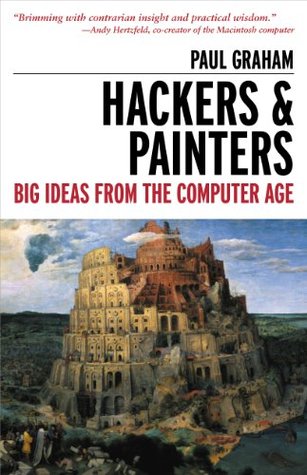More on this book
Community
Kindle Notes & Highlights
Good programmers often want to do dangerous and unsavory things. By unsavory I mean things that go behind whatever semantic facade the language is trying to present: getting hold of the internal representation of some high-level abstraction, for example. Hackers like to hack, and hacking means getting inside things and second-guessing the original designer.
The good news is, simple repetition solves the problem. All you have to do is keep telling your story, and eventually people will start to hear. It’s not when people notice you’re there that they pay attention; it’s when they notice you’re still there.
In young hackers, optimism predominates. They produce something, are convinced it’s great, and never improve it. In old hackers, skepticism predominates, and they won’t even dare to take on ambitious projects.
Committees yield bad design. But I think the worst danger of committees is that they interfere with redesign. It’s so much work to introduce changes that no one wants to bother. Whatever a committee decides tends to stay that way, even if most of the members don’t like it.
The dream language is not only open source, but open design.
Scientific ideas are not meant to be ergonomic.


